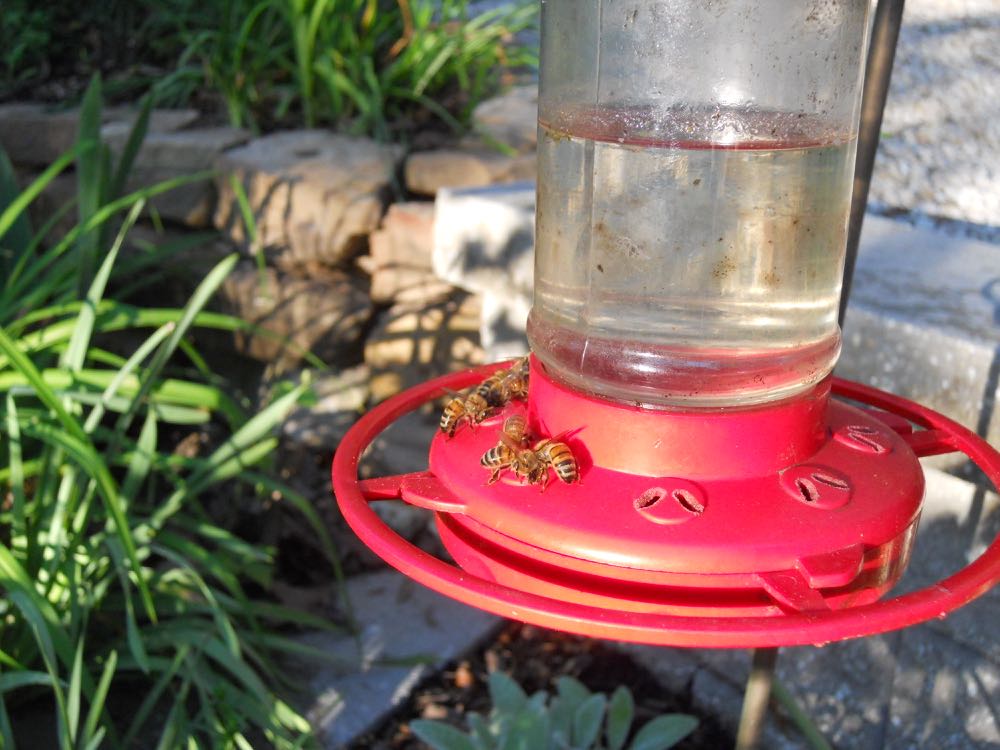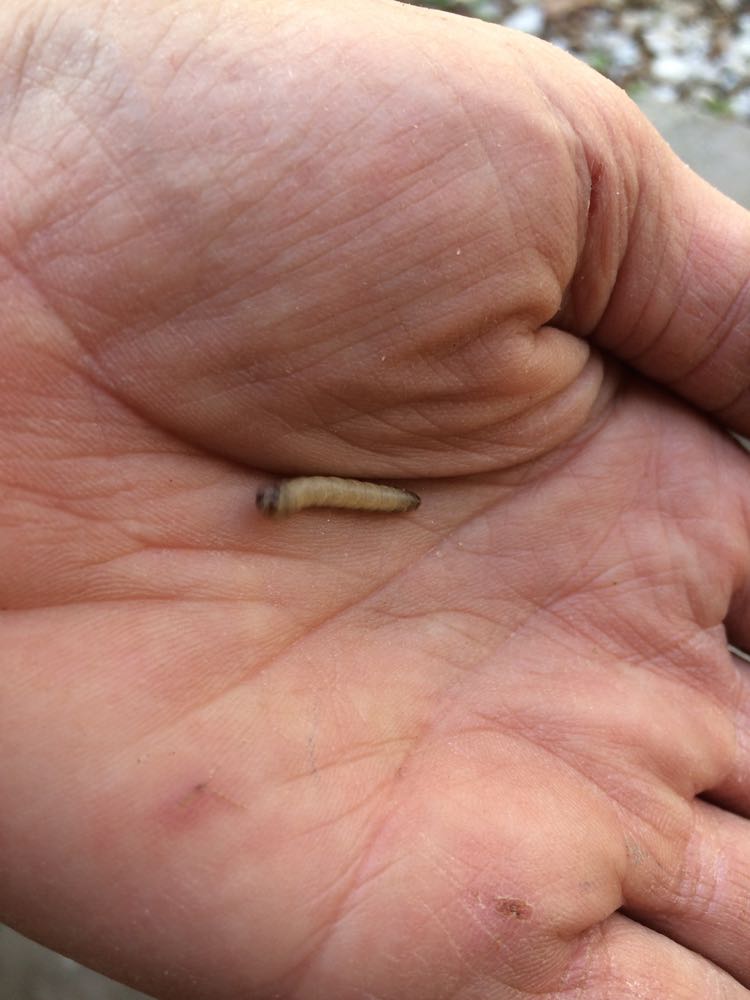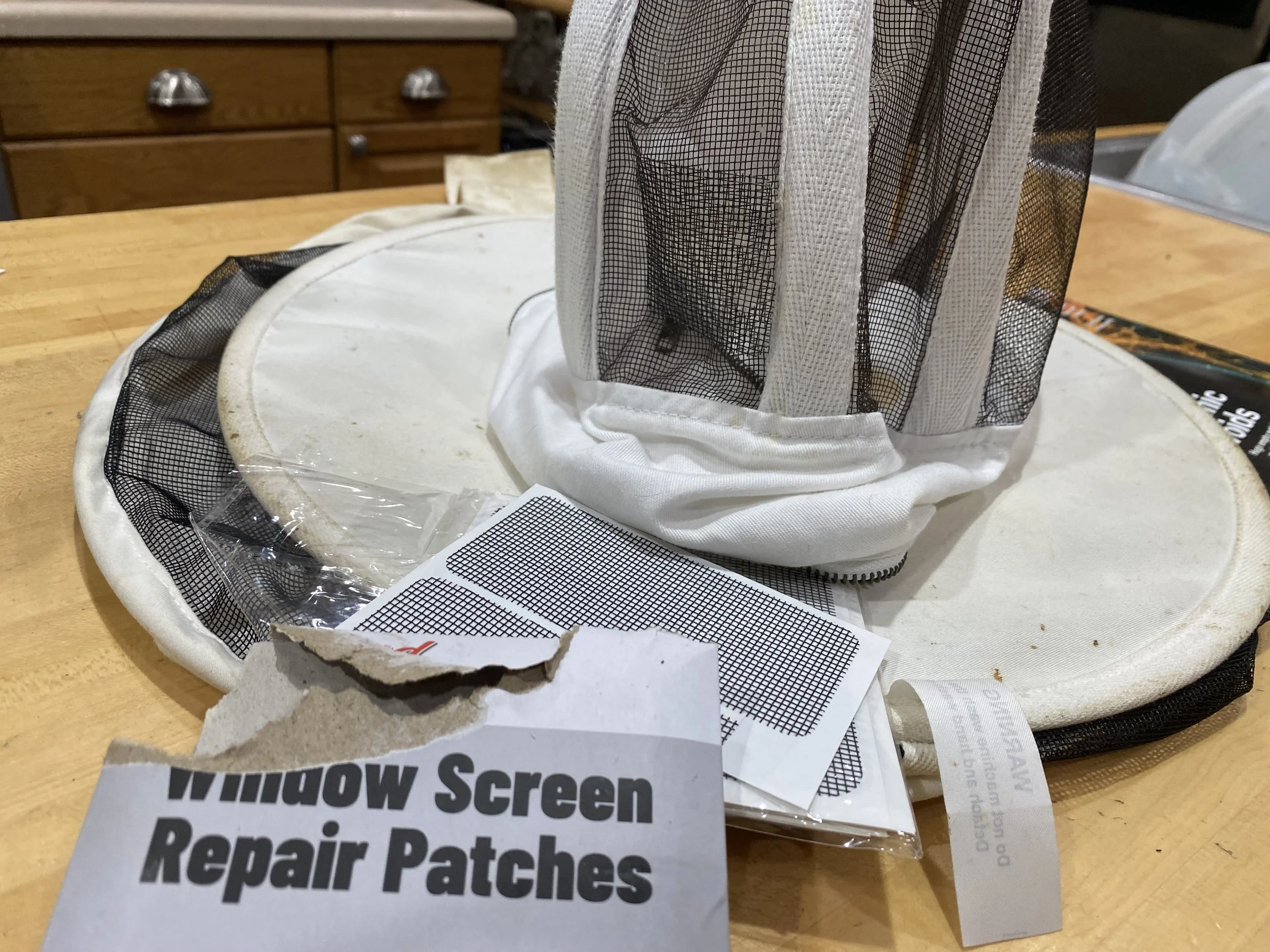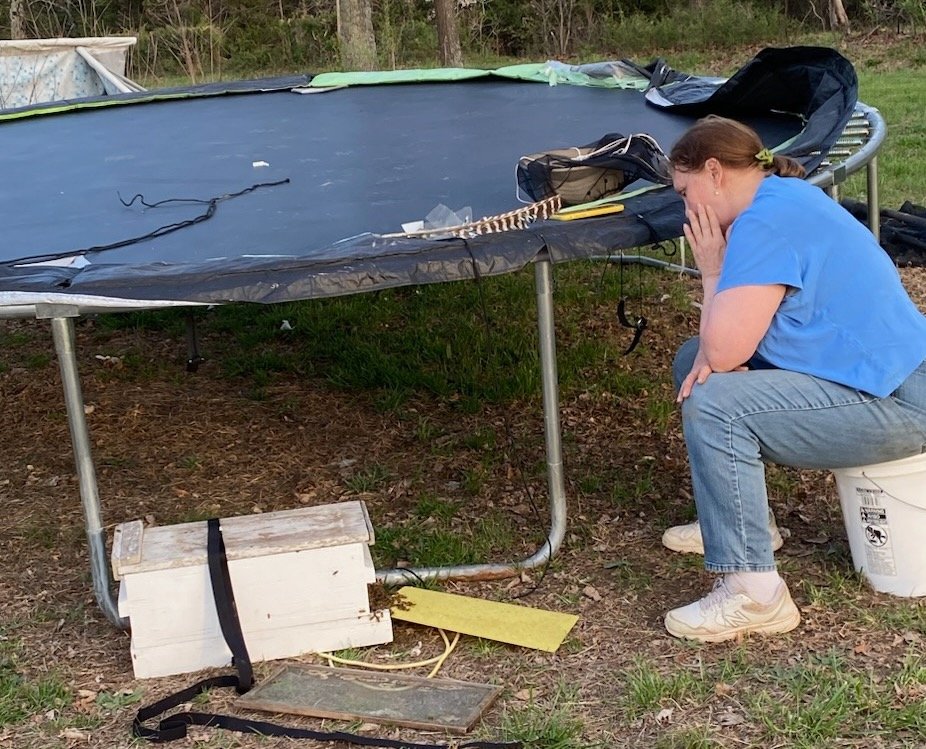Another Small Hive Beetle Lure Use
/This is a jar of small hive beetle lure in my refrigerator for identification training purposes.
Another Use for Small Hive Beetle Lure
There were a lot of things I wasn't told when I started beekeeping and for the purposes of this column, I'm going to focus on my refrigerator.
There was a time when most of my refrigerator was full of - well, yummy things. Fruit from my neighbor's garden, leftovers from my cooking, and more vegetables than I could possibly eat in a week but I bought because they were pretty.
Now that I keep bees, at least two refrigerator shelves have what one of my non-beekeeping friends calls "mystery things." Of course I know what they are but he is more adventurous than I am.
Take the time he took a bite out of my homemade protein patty thinking it was homemade fudge.
There were scrambled eggs he made one morning sprinkled with bee protein mix. Don't ask, I didn't try it.
Then there is a jar of small hive beetle lure that needs to sit in the refrigerator for two weeks to ferment. See how it is sitting next to the pickle jar?
In my defense, the jar did originally have a label. However, over time, the label fell off and I, who knew what was in the jar, didn't think it was necessary to replace it. I also made a general public service announcement that the jar sitting on the top rung of the refrigerator was not to be touched or consumed unless one was a very black, and very thirsty, sub-Saharan bug. Come to think about it, I would have bigger problems if I had a small hive beetle big enough to be rummaging through my refrigerator but I digress.
Shortly after this small hive beetle lure identification announcement, I was informed that the pickle juice in my refrigerator was turning rancid. Delighted to have another empty jar I could use, I removed the dill pickle jar, composted the dill pickle juice and I frankly can't remember what I did next but I was soon informed again I needed to remove the rancid pickle juice.
I pointed out the ring of banana peels floating at the top of the remaining refrigerated jar, see them in the photo? Those are signs that the jar is not full of pickles, or pickle juice, I said, but a very special concoction to, ah, about two inches of fluid was missing...let's just say use in a bee hive.
For bees, he said.
It helps the bees, yes, I said.
It tastes terrible, he offered.
Well, if you're a black bug it's like a beer, you drink it with your friends.
You're now making beer for hive bugs?
Very bad black hive bugs, the beer attracts then, then they drown. Now stay out of the lure jar.
Here's the small hive beetle lure recipe:
½ cup apple cider vinegar
¼ cup sugar
1 cup water
1 ripe banana peel cut up finely
Directions: Combine all ingredients and allow to ferment for about 2 weeks.
Fill center traps with lure. Fill side traps 1/3 full with mineral or vegetable oil. Replace when full of small hive beetles or every few days. With hotter weather, traps should be checked and refreshed more frequently. Clear top of traps of propolis.
I do believe that lure jar will now also keep two-legged visitors out my refrigerator.
Charlotte



































